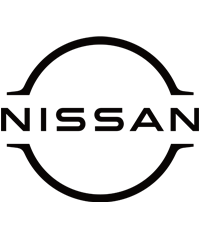 THE team behind the radical Nissan DeltaWing has declared it has ‘unfinished business’.
THE team behind the radical Nissan DeltaWing has declared it has ‘unfinished business’.
After being unceremoniously shoved out of the famous Le Mans 24 Hours in June, the fans’ favourite will return to finish what it started at the event’s little brother, Petit Le Mans.
The pioneering, dart-shaped Nissan DeltaWing, which captured the hearts of 240,000 Le Mans 24 Hour fans three months ago, will race again at next month’s American Le Mans Series (ALMS) finale at Road Atlanta, USA, on October 17-20.
Led by Nissan Americas Vice-Chairman, Bill Kruger, the announcement was made at Nissan’s North American headquarters in Nashville, Tennessee.
Designed and built with the aim of completing the famous Le Mans 24 Hours using half the fuel and half the tyres of contemporary sports prototypes, Nissan DeltaWing was forced to retire from the French endurance classic after six hours, following contact with another car.
 Japanese NISMO racing driver, Satoshi Motoyama, pictured, tried heroically to repair the impact damage by the side of the Le Mans circuit for 90 minutes before having to admit defeat, garnering massive support for the team from fans, whose demands for it to return to the racetrack will now be satisfied.
Japanese NISMO racing driver, Satoshi Motoyama, pictured, tried heroically to repair the impact damage by the side of the Le Mans circuit for 90 minutes before having to admit defeat, garnering massive support for the team from fans, whose demands for it to return to the racetrack will now be satisfied.
Existing race commitments mean that all three of the Nissan DeltaWing Le Mans drivers – Motoyama, Marino Franchitti and Michael Krumm – are unavailable for the prestigious Petit Le Mans ALMS race. Nissan’s original GT Academy champion, Spaniard Lucas Ordonez is set to race the car at Road Atlanta, along with American Le Mans Series 2011 PC class champion Gunnar Jeannette.
Darren Cox, General Manager, Nissan in Europe, said: ‘Le Mans was a huge success for us – the car did everything we wanted it to do and more, proving that the pioneering technology we were testing in the world’s most public laboratory works and is a viable option for the future sustainability of motorsport.
‘The only thing that didn’t go our way was the way the race ended for us, which was entirely out of our control. Because we’d proven the technology worked, it was hard to be too disappointed, but we were blown away by the level of support and goodwill that came our way from the fans so now we feel we owe it to them to race again.
A major innovation
‘I’m very proud that Lucas will get his chance in the car – the GT Academy is a major innovation in motorsport that is making the elitist sport of motor racing genuinely accessible to everyone, including those who do not have access to big budgets and sponsorship. Lucas is living proof that the innovation works.
‘We’re thrilled to welcome Gunnar to the Nissan DeltaWing team. He is a former American Le Mans Series champion and knows Road Atlanta like the back of his hand so he is the perfect addition to the squad.’
The team believes that the 1,000-mile, 10-hour Petit Le Mans race is the perfect event for Nissan DeltaWing to not only give fans the race finish they desire, but also demonstrate its prowess on a more traditional track, as opposed to the high-speed Le Mans circuit, which also utilizes public roads.
Nissan DeltaWing’s visionary creator, Ben Bowlby, pictured, said: ‘At Petit Le Mans, we will get the  chance to show the US fans just how cool this car is but also the chance to prove that it works on a much tighter, twistier road course, rather than the flat-out, 300kmh, Le Mans-style racetrack. It’s important for us to gain in lap experience, testing and driver feedback and really validate the whole concept.’
chance to show the US fans just how cool this car is but also the chance to prove that it works on a much tighter, twistier road course, rather than the flat-out, 300kmh, Le Mans-style racetrack. It’s important for us to gain in lap experience, testing and driver feedback and really validate the whole concept.’
Nissan became a founding partner in the DeltaWing project in March this year and the team then faced a major challenge to get the experimental Nissan DeltaWing car and its specially-developed 1.6-litre DIG-T Nissan engine, ready for the grueling Le Mans 24 Hours.
The project provided a test bed for Nissan to develop future innovations that can be filtered into the Company’s global motorsport programmes as well as future road products. This will continue to be the case at Petit Le Mans, with new technology being trialed during the race and further development work being carried out by partner, Michelin, on its bespoke tyres, specially built for the Nissan DeltaWing.
Based on fuel consumption and tyre wear data taken during more than six hours of running at Le Mans, the car was on course to achieve its goal of completing the 24 Hours using half the fuel and half the tyres of its fellow entrants.



